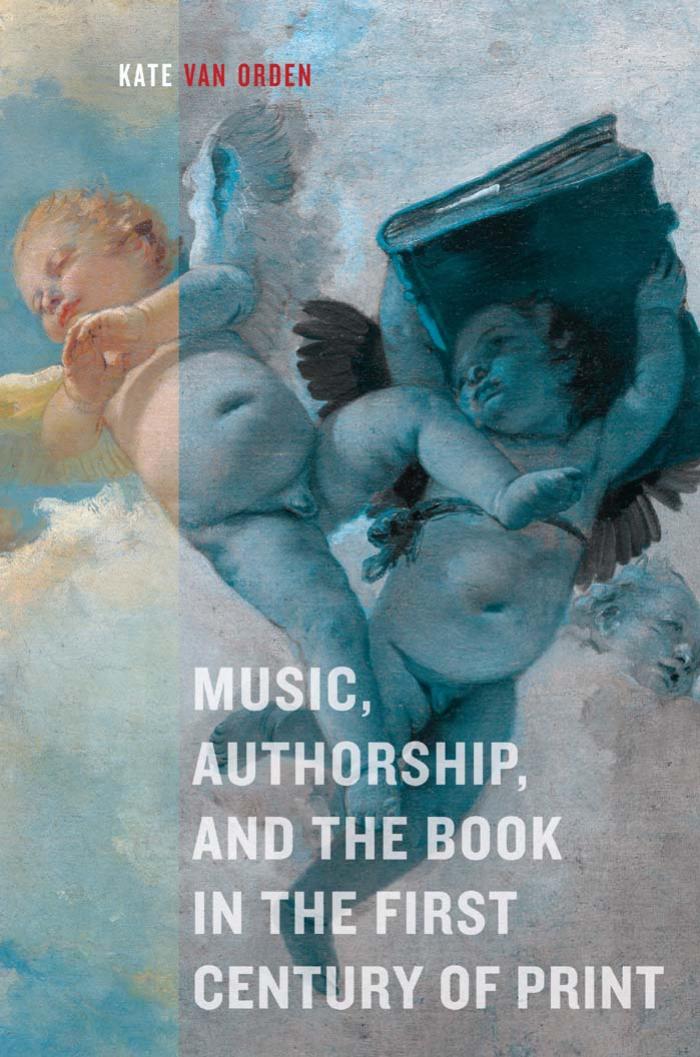Music, Authorship, and the Book in the First Century of Print by van Orden Kate

Author:van Orden, Kate
Language: eng
Format: epub, pdf
ISBN: 9780520276505
Publisher: University of California Press
TABLE 5. Interlocking Textual and Tonal Cycles in Anthoine de Bertrand’s Premier livre des Amours
Pinning down the exact nature of Bertrand’s affective scheme is difficult, but at the very least, one should be struck by the extraordinary number of pieces in mode 4 that open the collection. They suggest the calming effect of the Hypo-Phrygian—a remedy to violent passions and curative for inappropriate sexual desires.76 In these sonnets of first love, Ronsard concentrates vividly on the sight of Cassandre, Love’s venomous arrow, the loss of his soul, and of the very divinity of his déesse. To interpret the significance of any modal choice too absolutely is always a mistake, but it seems plausible that Bertrand matched Ronsard’s love-struck deification of his mistress with the gentle intoxification of the Sousphrygienne, said to soften bad tempers and set the bellicose world of the Phrygian to rights. If nothing else, the plagal modes employed across the whole of the Premier livre arguably produce a dark and serious affect in performance with their low vocal ranges. By contrast, Bertrand’s Second livre is full of lighter poems in the style Ronsard called “plus bas et populaire,” ones set to music in the brighter authentic modes in a collection avoiding the Phrygian and Hypo-Phrygian altogether.77
Bertrand’s modal scheme would not have been very evident outside the context of his book—singers might not have noticed it, and in any case, they likely would have been used to picking and choosing songs from anthologies, not singing straight through books of music. The idea of elaborating a large-scale plan to heighten the affect of a cycle of song texts is far from the hurly-burly of performing and the requests and obligations directing the output of professional composers, and it brings us close to the space of the estude or study, full of books of poetry and perhaps a writing desk. Bertrand’s extraordinary project is of the highest interest because it shows a composer co-opting an editorial strategy of the book trade in order to add an extra level of codicological unity to his chansonnier, giving it extra heft and a more strongly determined textuality. In the late sixteenth century, modal order became a point of intersection between the world of books and the world of music making, a way to create a book-length musical structure from song-length pieces. Bertrand was not the first composer to execute such a project, but they are rare in the secular repertoire.78 Planning a series of compositions based on the eight church modes came more naturally to composers working in sacred genres. Unsurprisingly, given his dealings with printers and involvement in the book trade, Lassus produced a few such cyclic works, most notably his Seven Penitential Psalms (written in 1560, and printed in Munich in 1584) and the Lagrime di San Pietro (Munich, 1595), which set a cycle of spiritual madrigals by Luigi Tansillo. Doubtless relevant in this regard is the stipulation in Lassus’s printing privilege from Henry III that printers were to issue his pieces “en tel ordre qu’il adviseroit” (in such order as he should advise).
Download
Music, Authorship, and the Book in the First Century of Print by van Orden Kate.pdf
This site does not store any files on its server. We only index and link to content provided by other sites. Please contact the content providers to delete copyright contents if any and email us, we'll remove relevant links or contents immediately.
| Ancient & Classical | Arthurian Romance |
| Beat Generation | Feminist |
| Gothic & Romantic | LGBT |
| Medieval | Modern |
| Modernism | Postmodernism |
| Renaissance | Shakespeare |
| Surrealism | Victorian |
4 3 2 1: A Novel by Paul Auster(12330)
The handmaid's tale by Margaret Atwood(7707)
Giovanni's Room by James Baldwin(7254)
Asking the Right Questions: A Guide to Critical Thinking by M. Neil Browne & Stuart M. Keeley(5708)
Big Magic: Creative Living Beyond Fear by Elizabeth Gilbert(5677)
Ego Is the Enemy by Ryan Holiday(5347)
The Body: A Guide for Occupants by Bill Bryson(5030)
On Writing A Memoir of the Craft by Stephen King(4892)
Ken Follett - World without end by Ken Follett(4683)
Adulting by Kelly Williams Brown(4534)
Bluets by Maggie Nelson(4512)
Eat That Frog! by Brian Tracy(4483)
Guilty Pleasures by Laurell K Hamilton(4394)
The Poetry of Pablo Neruda by Pablo Neruda(4064)
Alive: The Story of the Andes Survivors by Piers Paul Read(3997)
White Noise - A Novel by Don DeLillo(3980)
Fingerprints of the Gods by Graham Hancock(3964)
The Book of Joy by Dalai Lama(3944)
The Bookshop by Penelope Fitzgerald(3810)
